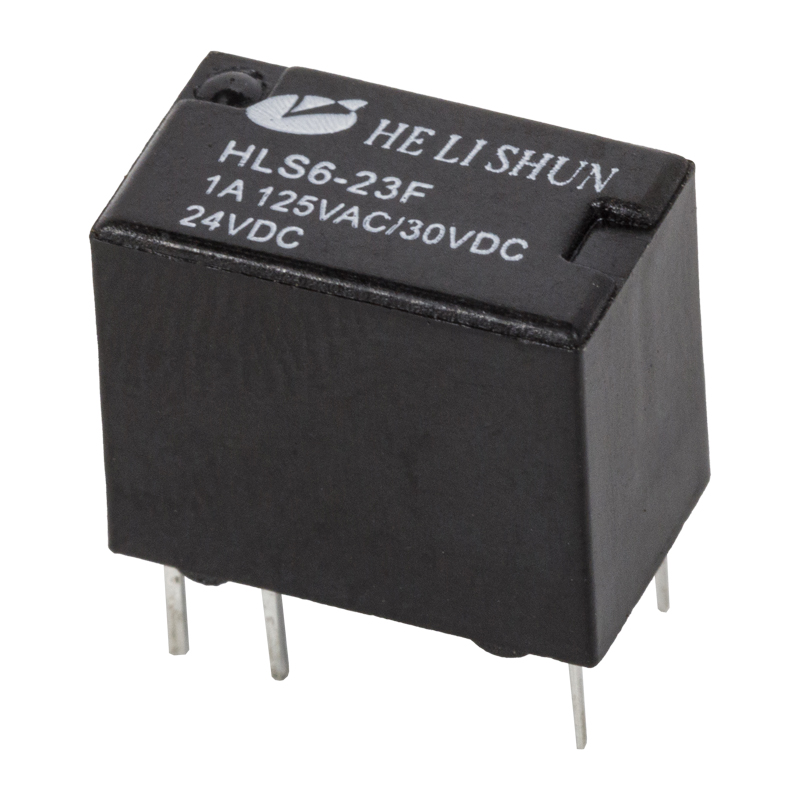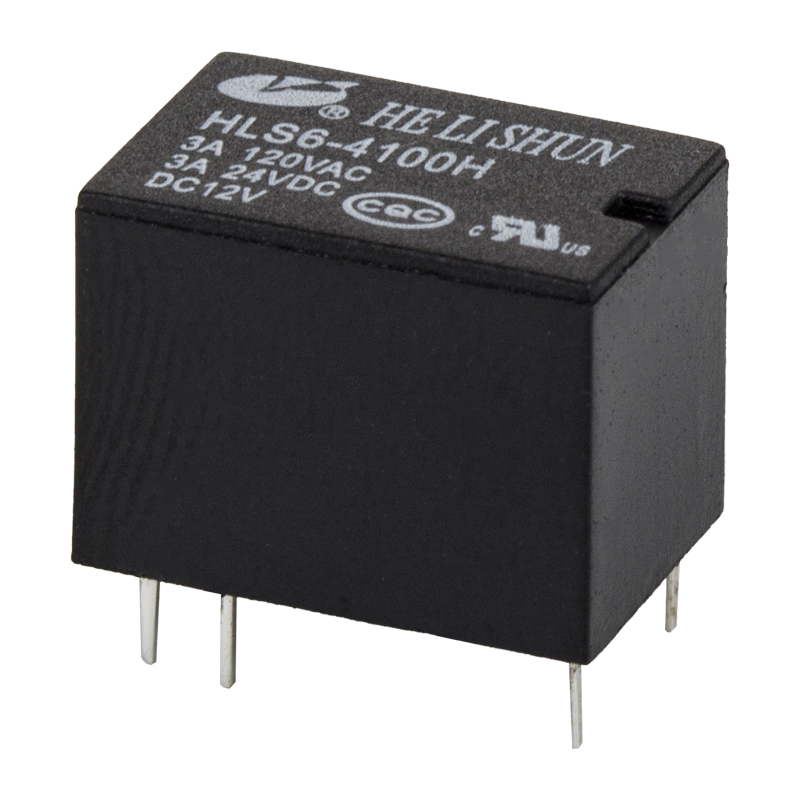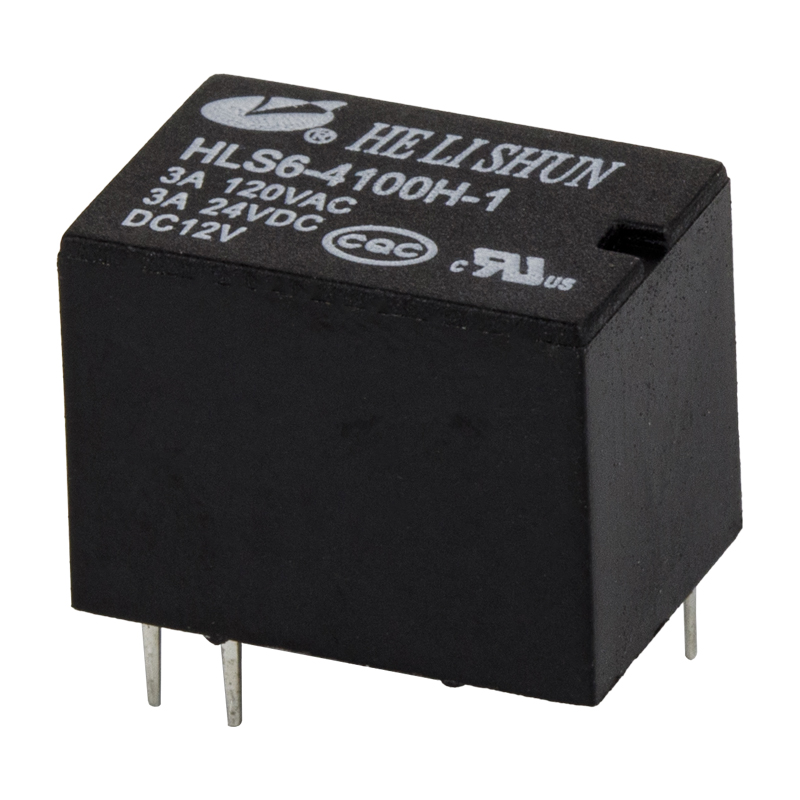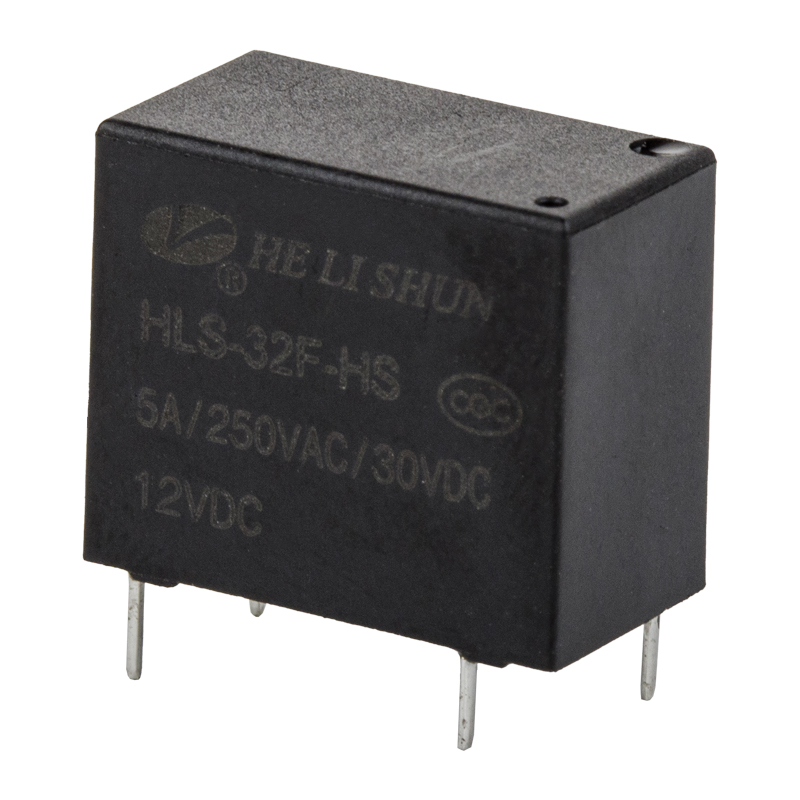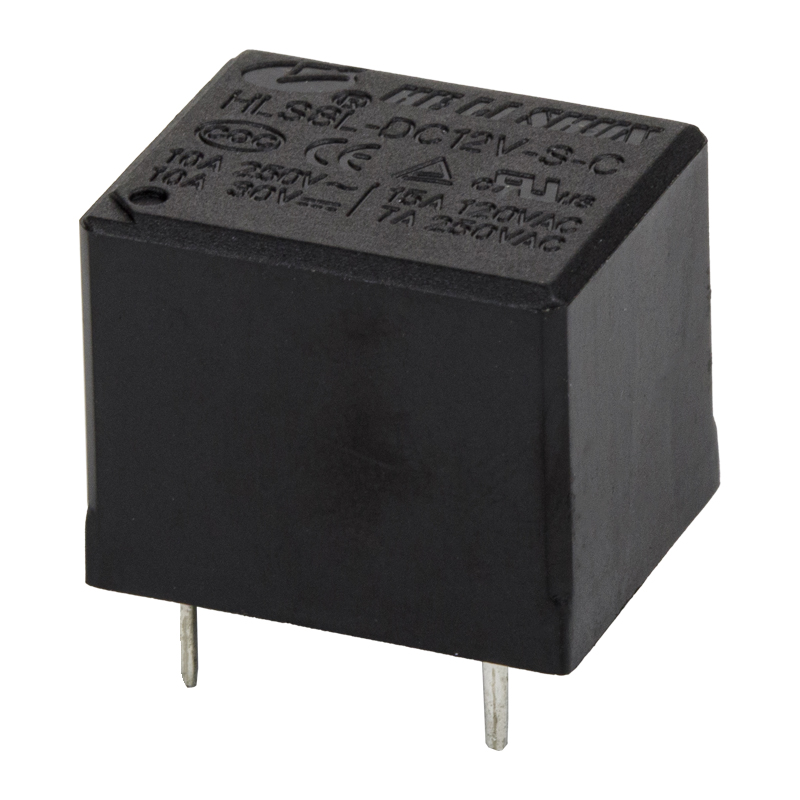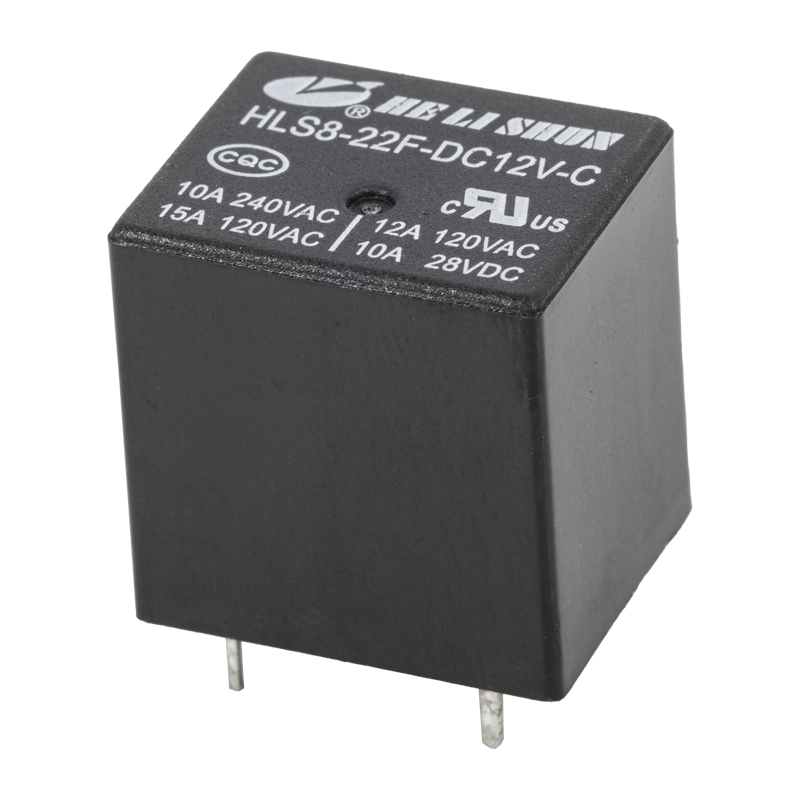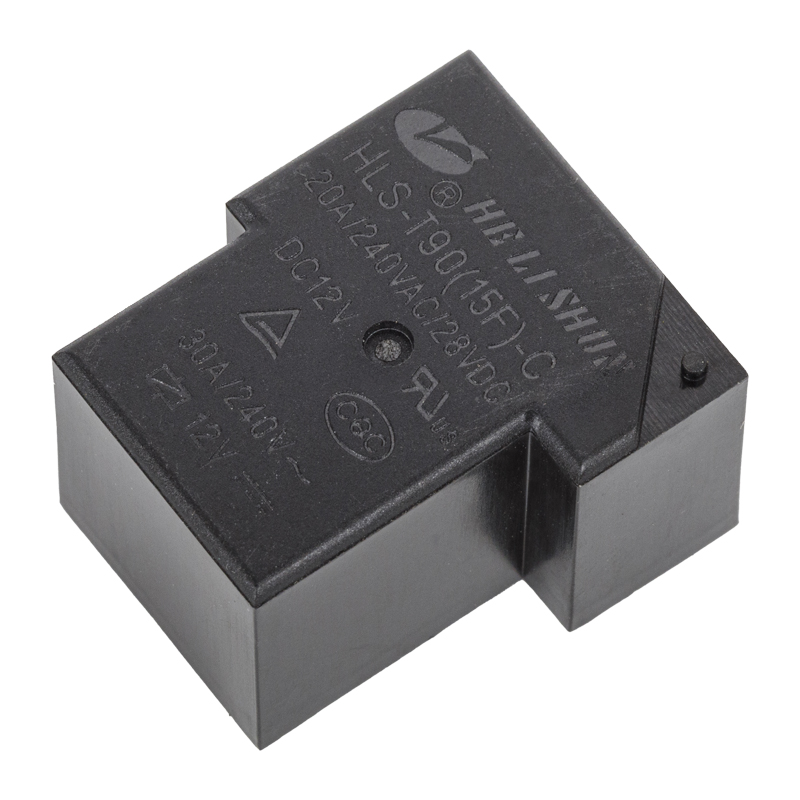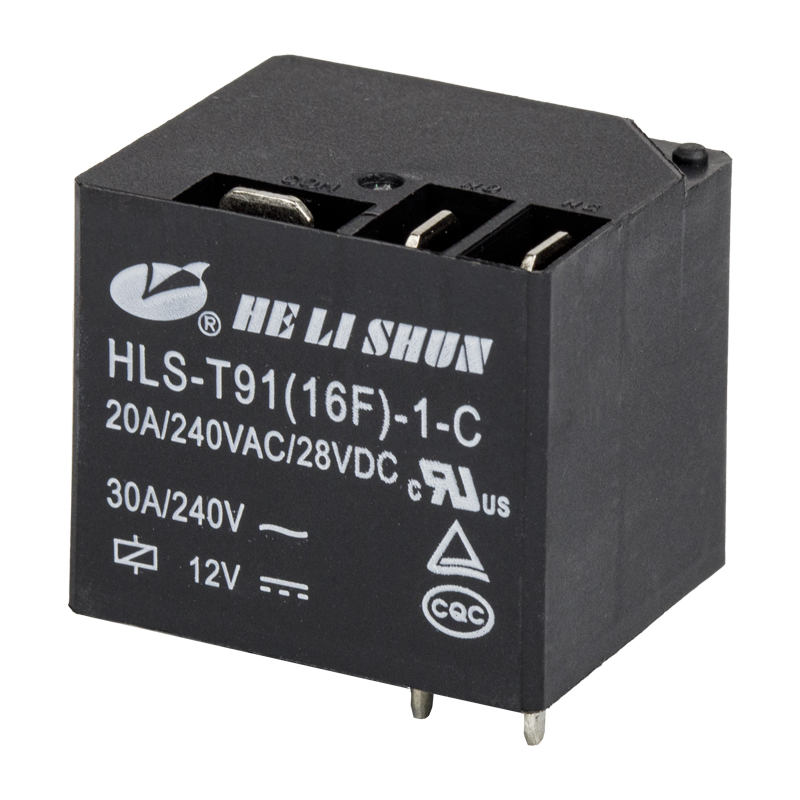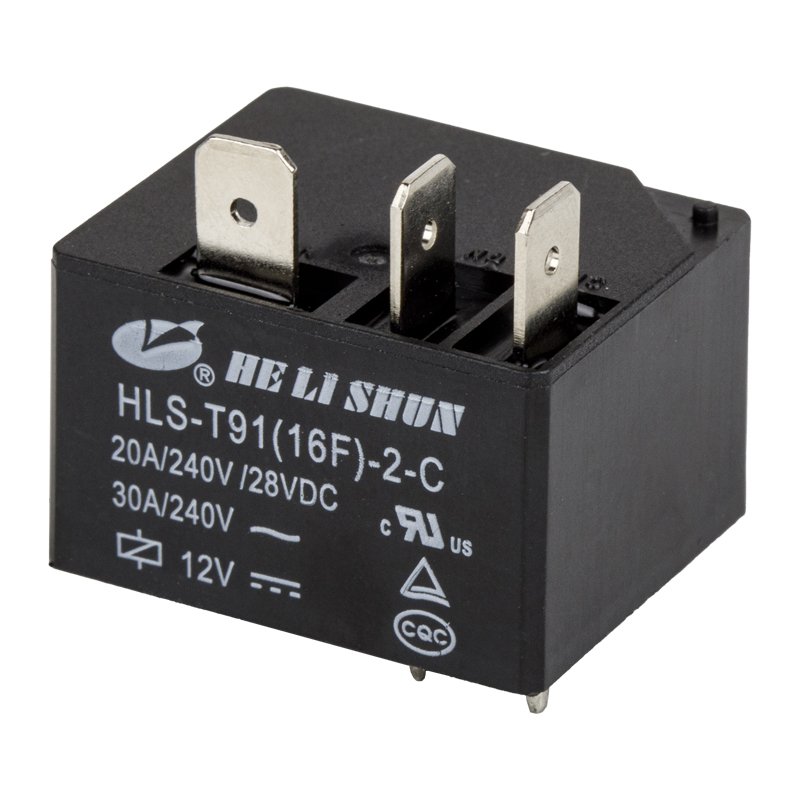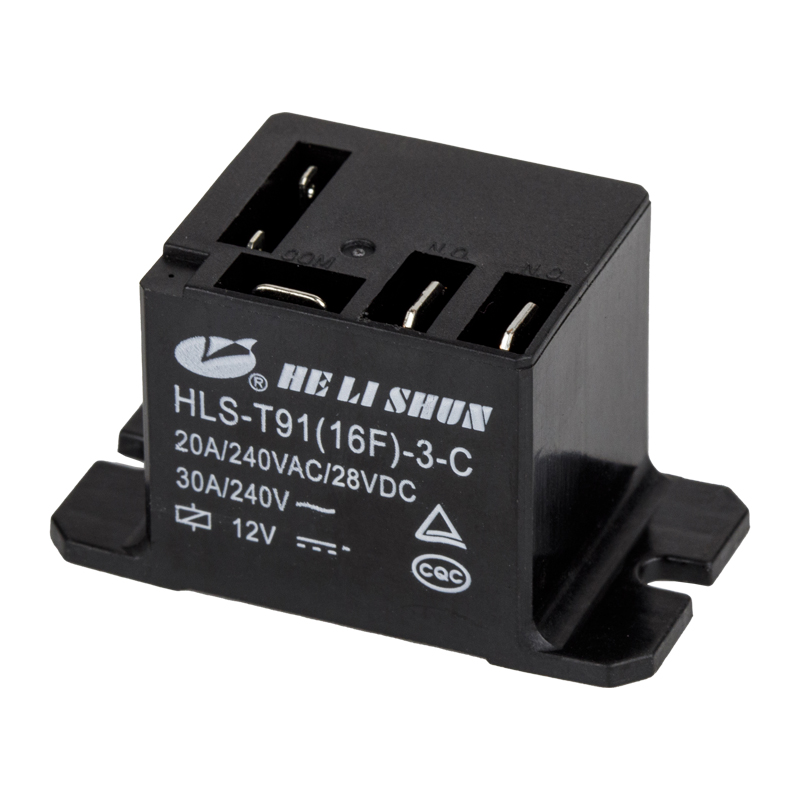High automotive relay usually use special arc extinguishing structures to suppress the generation and maintenance of arcs. Among them, hermetic packaging and inert gas filling are common design methods. By sealing the relay contacts in an environment filled with inert gas or vacuum, the insulation and arc extinguishing ability of the gas medium can be used to suppress the arc. Inert gas can reduce the probability of arc ionization, while the vacuum environment has almost no dielectric ionization, making it difficult to maintain the arc. This design is particularly common in high-voltage DC relays and can effectively improve the reliability and life of the product.
Another important arc extinguishing structure is magnetic blowout, the principle of which is to set a permanent magnet or electromagnetic coil near the contact to generate a magnetic field perpendicular to the direction of the arc. Using the Lorentz force, the arc will be elongated and cooled, thereby accelerating extinguishing. The advantage of this method is that it can force the arc to stretch, increase its path resistance, and reduce energy, which is suitable for DC and high-frequency AC scenarios. For example, in the high-voltage main circuit of new energy vehicles, magnetic blowout technology is widely used to ensure safe disconnection.
By designing the contacts as multiple series breakpoints, the arc will be divided into multiple short arcs, and the voltage drop of each arc segment is superimposed, so that the total arc voltage exceeds the power supply voltage, thus forcing the arc to extinguish. This design significantly improves the arc extinguishing ability, especially suitable for high-voltage occasions, and can effectively reduce contact erosion.
The selection of contact materials is crucial to arc suppression. high automotive relay usually use high-melting-point, arc-resistant materials such as silver-based alloys or tungsten copper. These materials can resist arc high-temperature erosion while inhibiting the transfer of contact materials, thereby extending the service life of the relay.
In addition, the contact surface treatment process can also effectively reduce the impact of arcs. For example, plating inert materials such as gold or platinum on the contact surface can reduce oxidation and carbon deposition and maintain the stability of contact resistance. This treatment not only improves the conductivity of the contact, but also reduces the probability of arc generation.
Electronic assisted arc extinguishing technology is a common supplementary means in high automotive relay. The RC snubber circuit is a typical design that can absorb the transient voltage and energy generated when the contact is disconnected by connecting a resistor-capacitor network in parallel at both ends of the contact. The function of the capacitor is to slow down the rate of voltage rise, thereby suppressing the generation of arcs, while the resistor is used to limit the discharge current. In DC circuits, diode freewheeling is also an effective arc extinguishing method. When the relay disconnects the inductive load, the parallel freewheeling diode can provide a current discharge path to prevent the contacts from arcing due to the induced electromotive force. This design is simple and efficient and is widely used in automotive high-voltage systems.
The optimization of the control strategy can reduce the generation of arcs from the operational level. Zero current switching is a common technology. Through circuit design or control timing, it is ensured that the relay disconnects the contacts when the current passes through zero point or the current minimum value, thereby significantly reducing the arc energy. In addition, the fast disconnection mechanism is also an important means to suppress the arc. The use of springs or electromagnetic drive mechanisms can make the contacts separate quickly in milliseconds, shorten the duration of the arc, and reduce damage to the contacts.




 English
English 中文简体
中文简体
